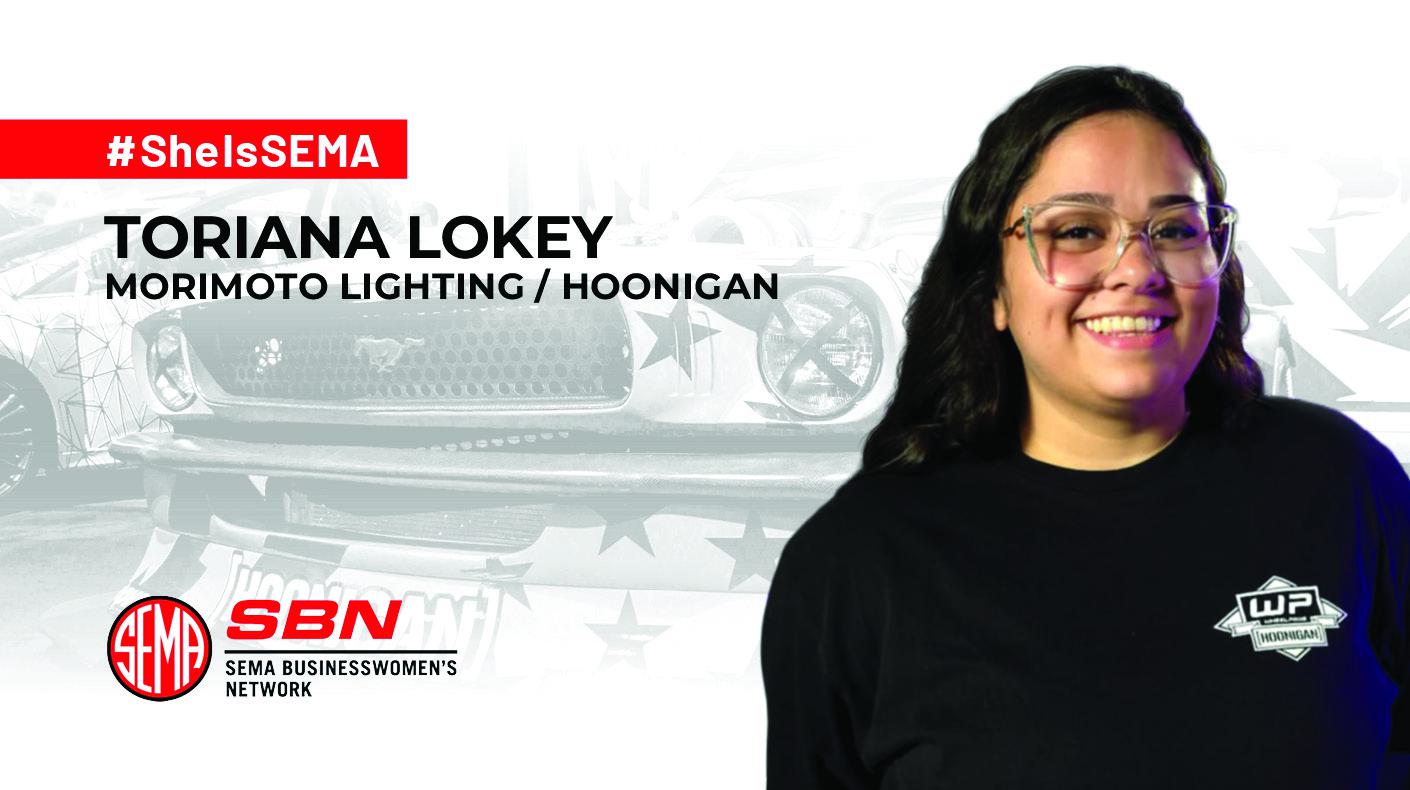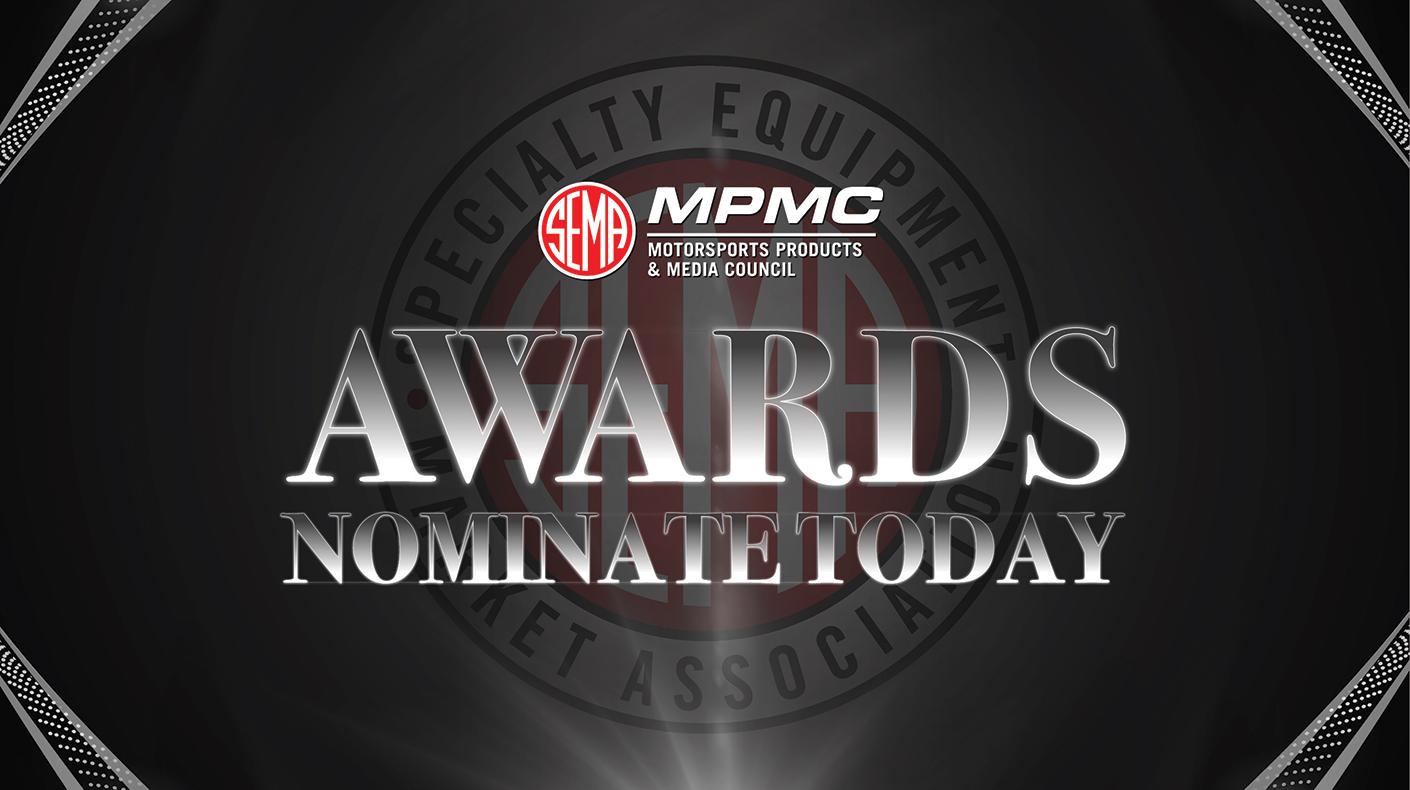 |
Selling product to half a billion citizens in 27 countries might have become a little easier as of May 2009, with the implementation by European officials of new, beefed-up regulations requiring member states to allow the sale and use of specialty-equipment products and other manufactured goods that are legally sold in one member state to also be sold within the borders of the others.
EC No 764/2008, as it is officially called, is expected to have the largest impact on countries with the greatest government oversight of the industry, such as Germany and Spain, and in those countries that have banned many or nearly all specialty-equipment products outright, such as Belgium and Italy.
In an important test case, a U.K. carbon wheel manufacturer, DYMAG, which has numerous customers in the Netherlands and the U.K., sold some of its motorcycle wheels to a German consumer in Ludwigsburg, southern Germany. State officials refused to provide the consumer with a license to drive the motorcycle due to the presence of these wheels.
DYMAG fought the case, and an administrative court issued a ruling on July 9 of this year in support of the consumer, noting that the state had not provided proof that the product was dangerous and thus should be banned.
The court said, in part, “The long-lasting, unproblematic and accident-free use in Great Britain and the Netherlands in public road traffic and at international motorcycle racing makes such proof unlikely.” Ludwigsburg officials are appealing the ruling.
So-called harmonized or common laws exist for a limited number of products, including exhaust systems, trailer couplings, lighting devices, automotive-related electronic products, brake linings, mirrors, bull bars and the vast majority of optical and performance-enhancing products.
All other products fall under the purview of this new regulation. For the vast majority of specialty products, the regulation of these vehicle-modification products are subject to often quite divergent national laws and regulations.
European officials acknowledged in the passing of the recent amendments that companies routinely face unjustified barriers in exporting their products from one country to another. For example, if an American company sells its products to a distributor in the U.K. or the Netherlands, and the products conform to local law, the distributor should in theory also be able to sell the same products in Germany under the principle of mutual recognition. This is often not the case.
The new regulations are designed to combat the common practice of government officials banning or limiting the use of a product long sold in another European country without any problems through the imposition of technical regulations. The regulations now clearly state that “…a member state may not prohibit the sale on its territory of products which are lawfully marketed in another member state, even where those products were manufactured in accordance with technical rules different from those to which domestic products are subject.”
Member countries can apply for a case-by-case exemption in order to continue to require manufacturers to meet additional requirements or refrain from selling if they can prove that the product causes legitimate safety concerns. The burden of proof regarding the products’ safety risks, however, shifts from businesses to the government. Moreover, a member state bears the burden of proof that the stated aim cannot be achieved by any other means.
The regulation is also designed to increase transparency regarding the free flow of goods between countries. Under the new action, member countries are required to set up points of contact from which firms can obtain, free of charge, information concerning their national technical rules and the application of the principle of mutual recognition in regards to their products. The new regulation also sets out a procedure for firms to appeal a ruling by a member country.
Various differences between countries make it difficult for companies to market the same product in different member states or, at a minimum, lead to higher product development costs. These differences may be rooted in culture, language and the laws regulating the industry. While the former differences are likely to remain for the foreseeable future, the new regulations might help with the latter as member countries are warned to remove unjustified obstacles to cross-border trade.
The European Commission has posted information on the regulations at http://ec.europa.eu/enterprise/regulation/goods/mutrec_en.htm.
SEMA members should contact Linda Spencer for more information on the potential implications of the new regulations.





